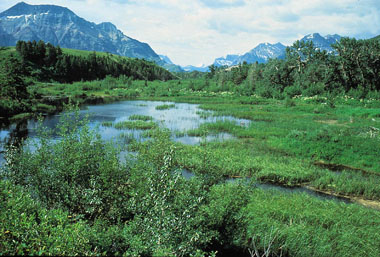The Bessette Creek system lies within the Shuswap River watershed, a culturally significant area to First Nations. Adjacent to the Shuswap River near Enderby is the main reserve for the Splatsin Band, the most southern community of the Secwépemc Nation, and a member of the Shuswap Nation Tribal Council. The origin of their name comes from the late Elder, Cindy Williams who explained that Splatsin, which is pronounced ‘splajeen’, meaning riverbanks, which is where they lived along both the banks of the Eagle, Salmon and Shuswap Rivers. Splatsin officially changed their name from the Anglicized version, Spallumcheen, in 2014.
Evidence of the important cultural meanings related to Splatsin occupation of the area are present throughout the landscape. Secwépemc language, history, and culture also exist in the memories, stories, and association of Splatsinac within their area of caretaker responsibility in Secwépemc’ulucw (Secwepemc traditional territory). The caretaker responsibility is to act mindfully, learning from and caring for surrounding ecosystems on the land and water, and understanding how these ecosystems interact with one another for the benefit of future generations. The protection and the sacredness of water is a central component of Secwepemc spirituality, land management and caretaking ethics and worldview, as is the interrelatedness of all things.
With the influx of settlers over the past 100 years, the valley bottom and floodplain has been increasingly cleared for agricultural use and local development and has resulted in large sections of streamside vegetation removal and water use for irrigation. Forestry is also prevalent in the watershed and is known to contribute sediment to the local watercourses with increased erosion of streambanks, road run-off and logging-related slides. Removal of forest cover speeds up the rate that precipitation becomes streamflow resulting in water quality degradation and increased vulnerability to flooding.


